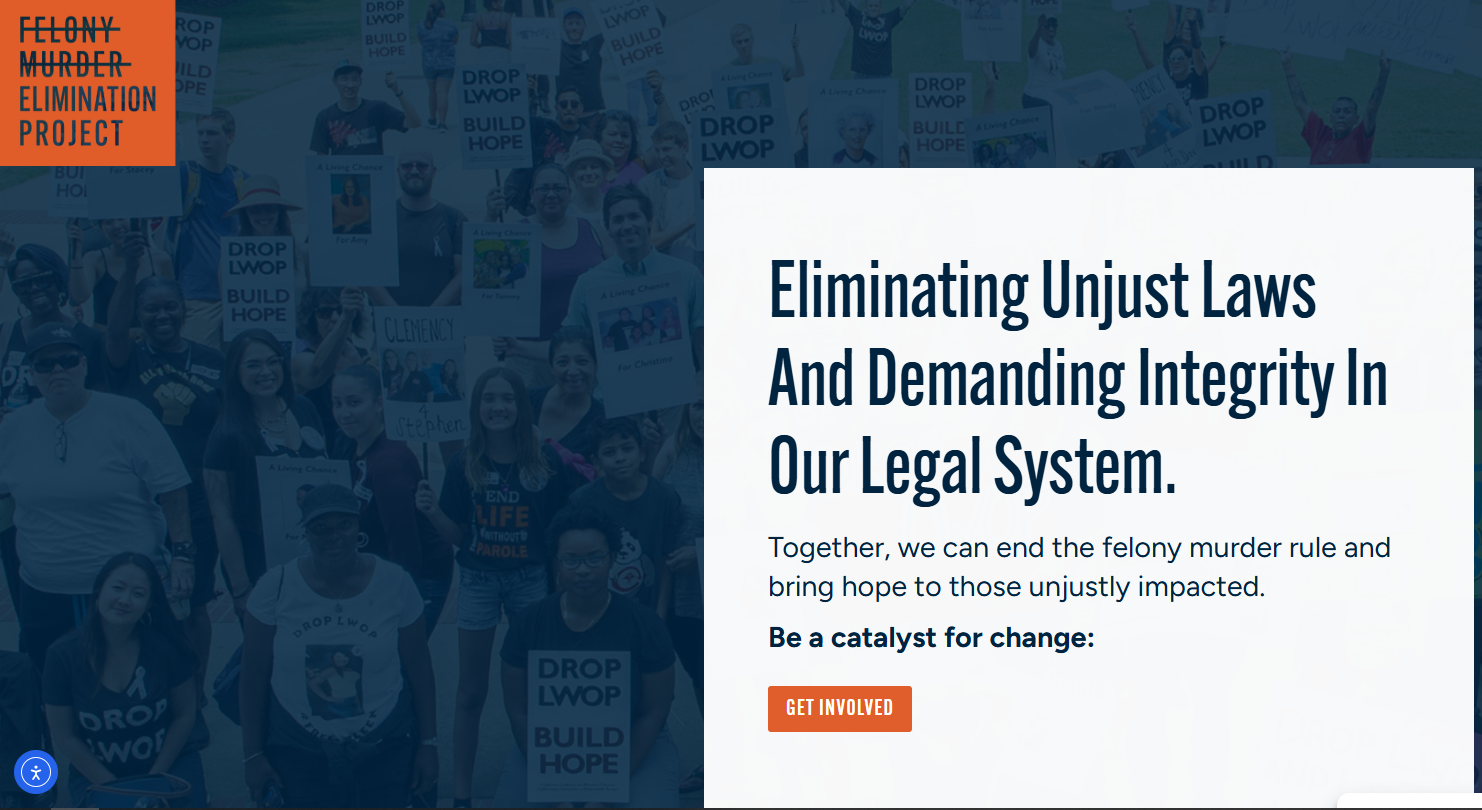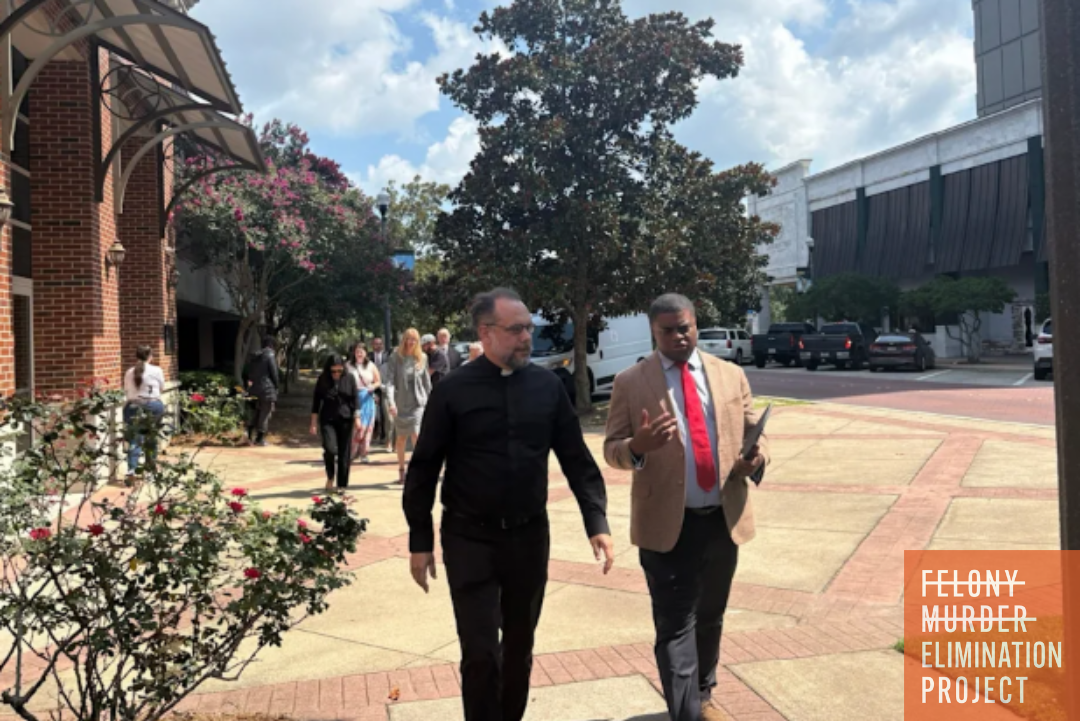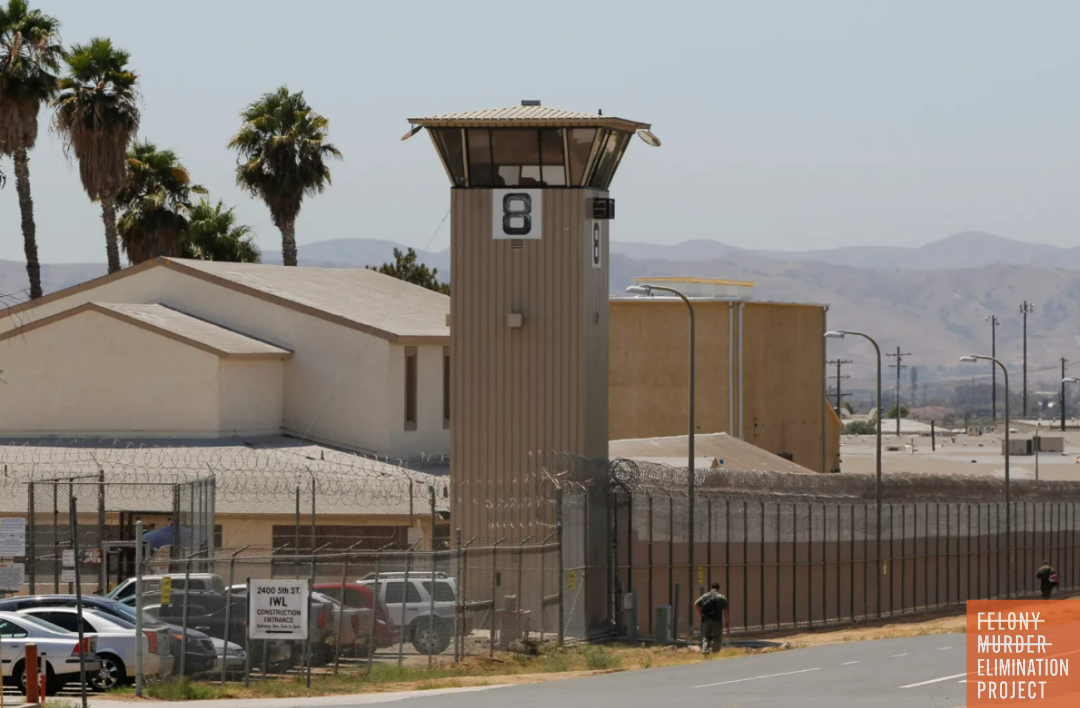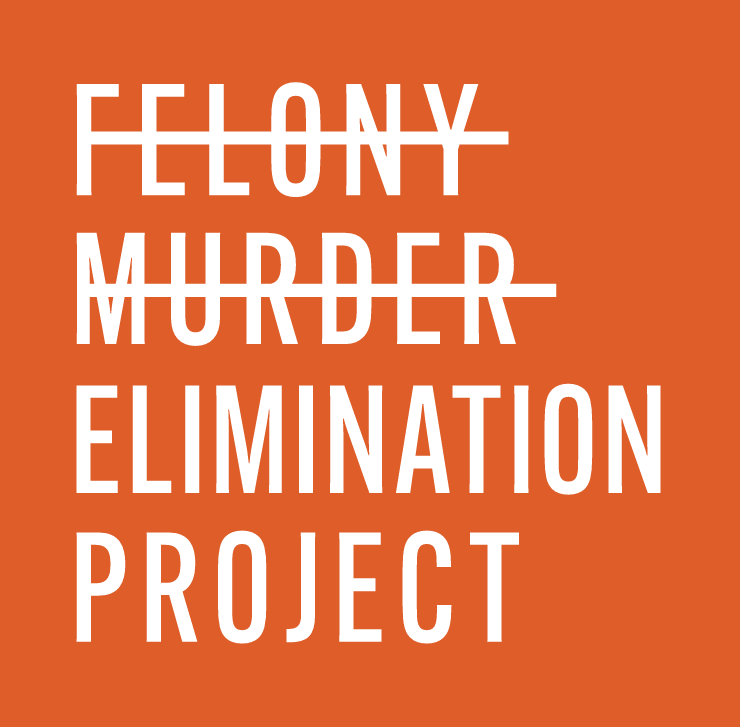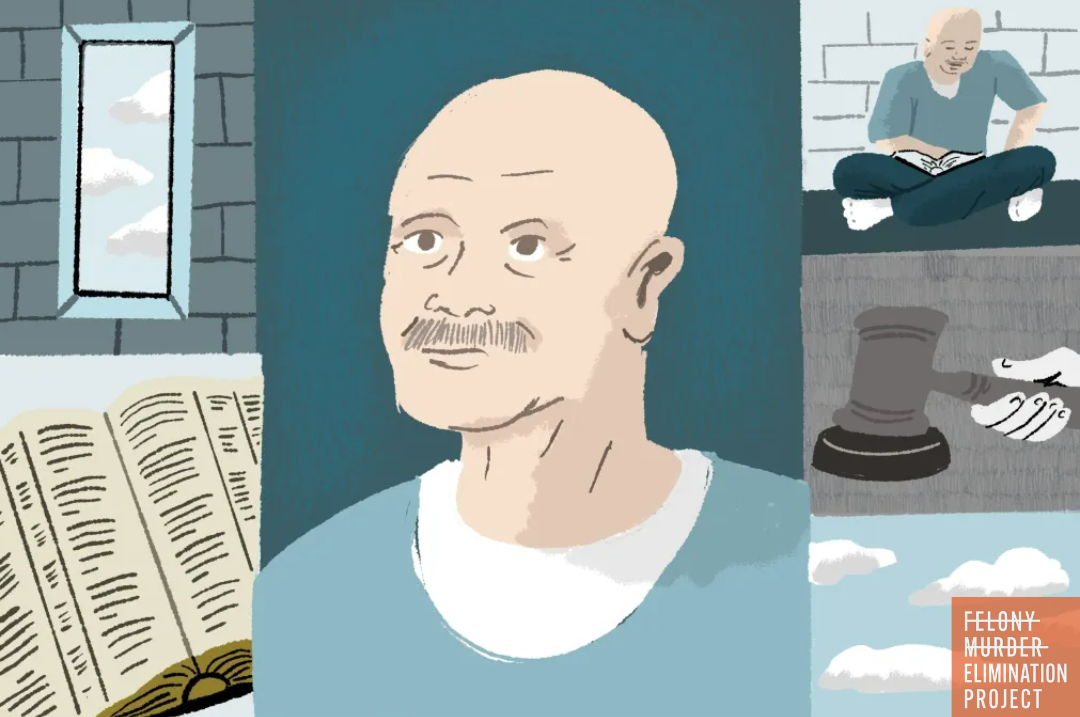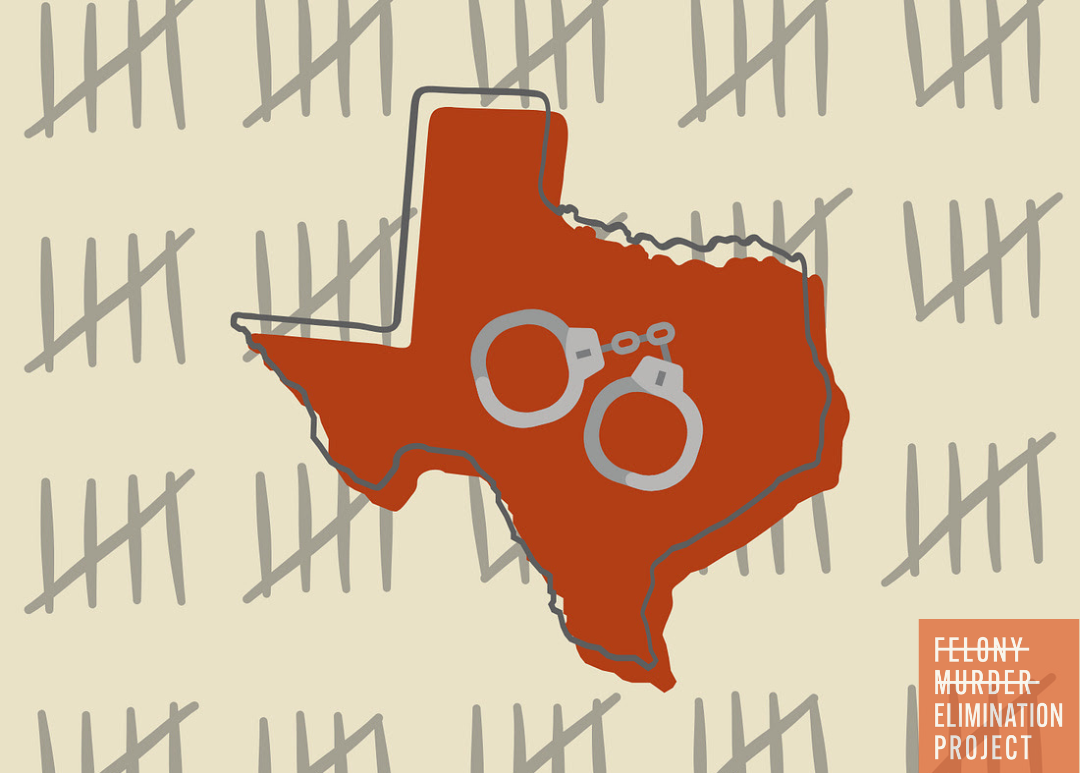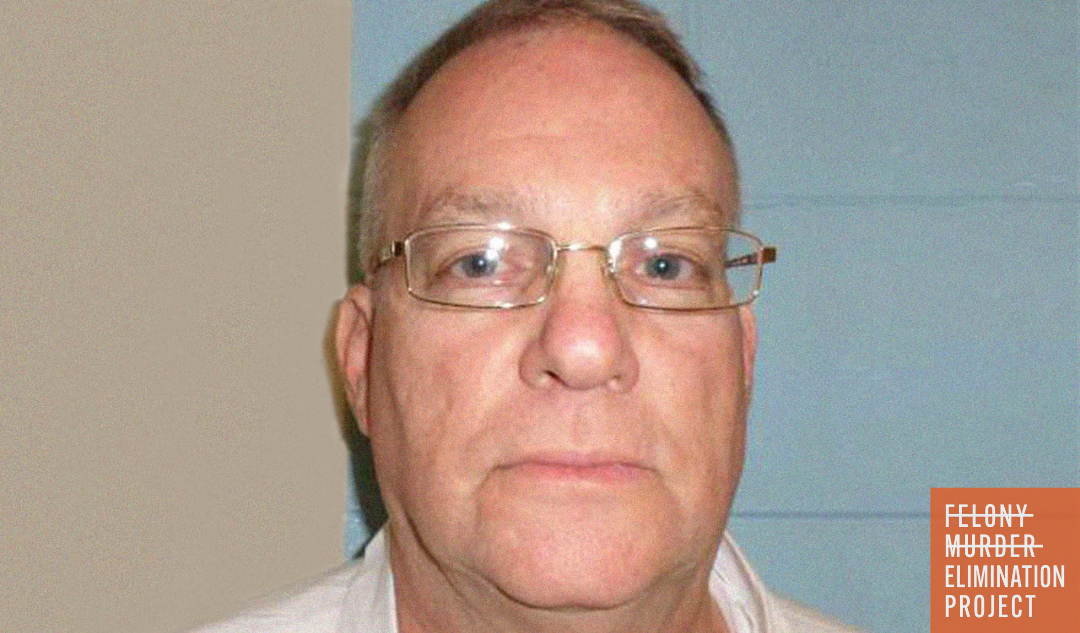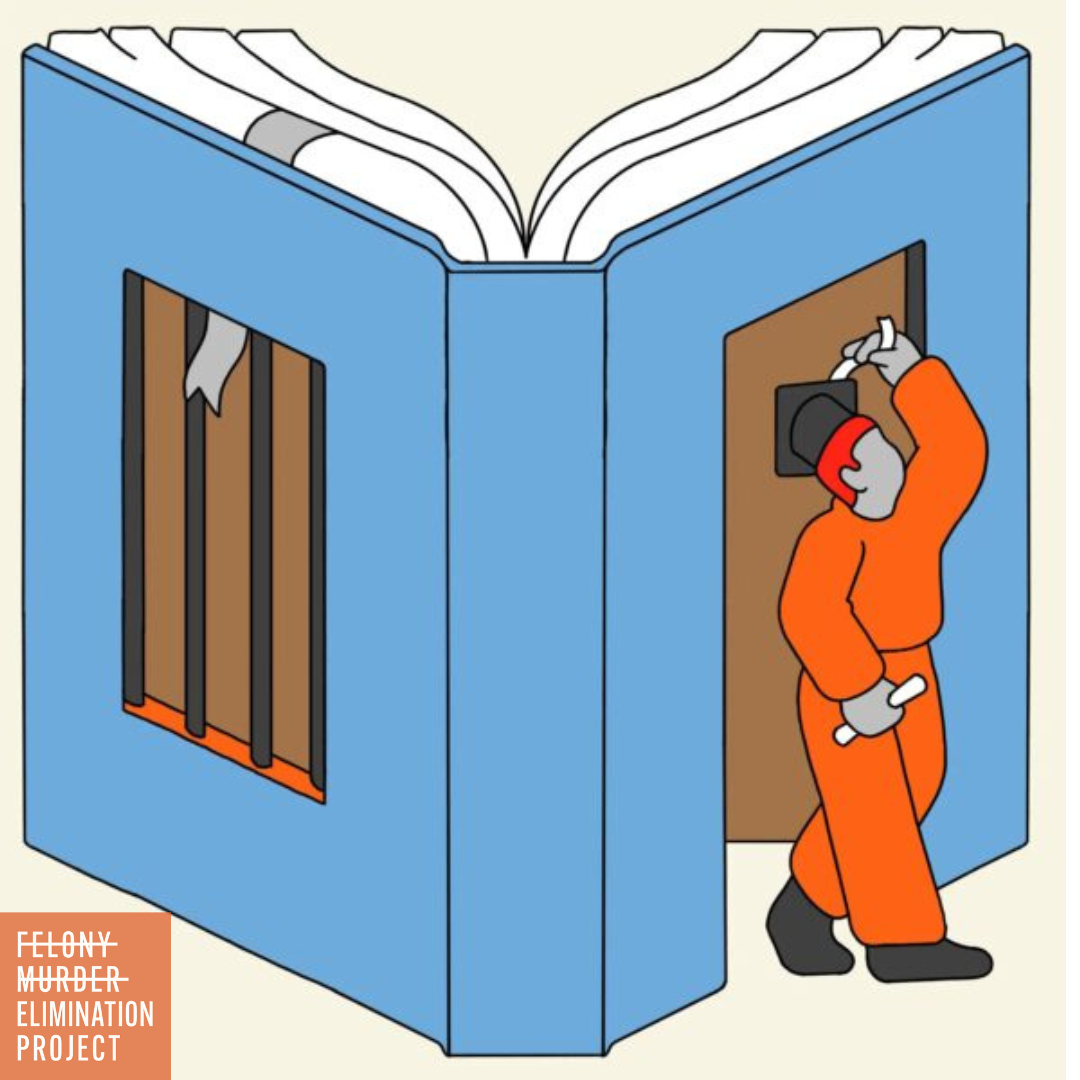The Elkhart Four
How four teenagers became murderers without killing anyone
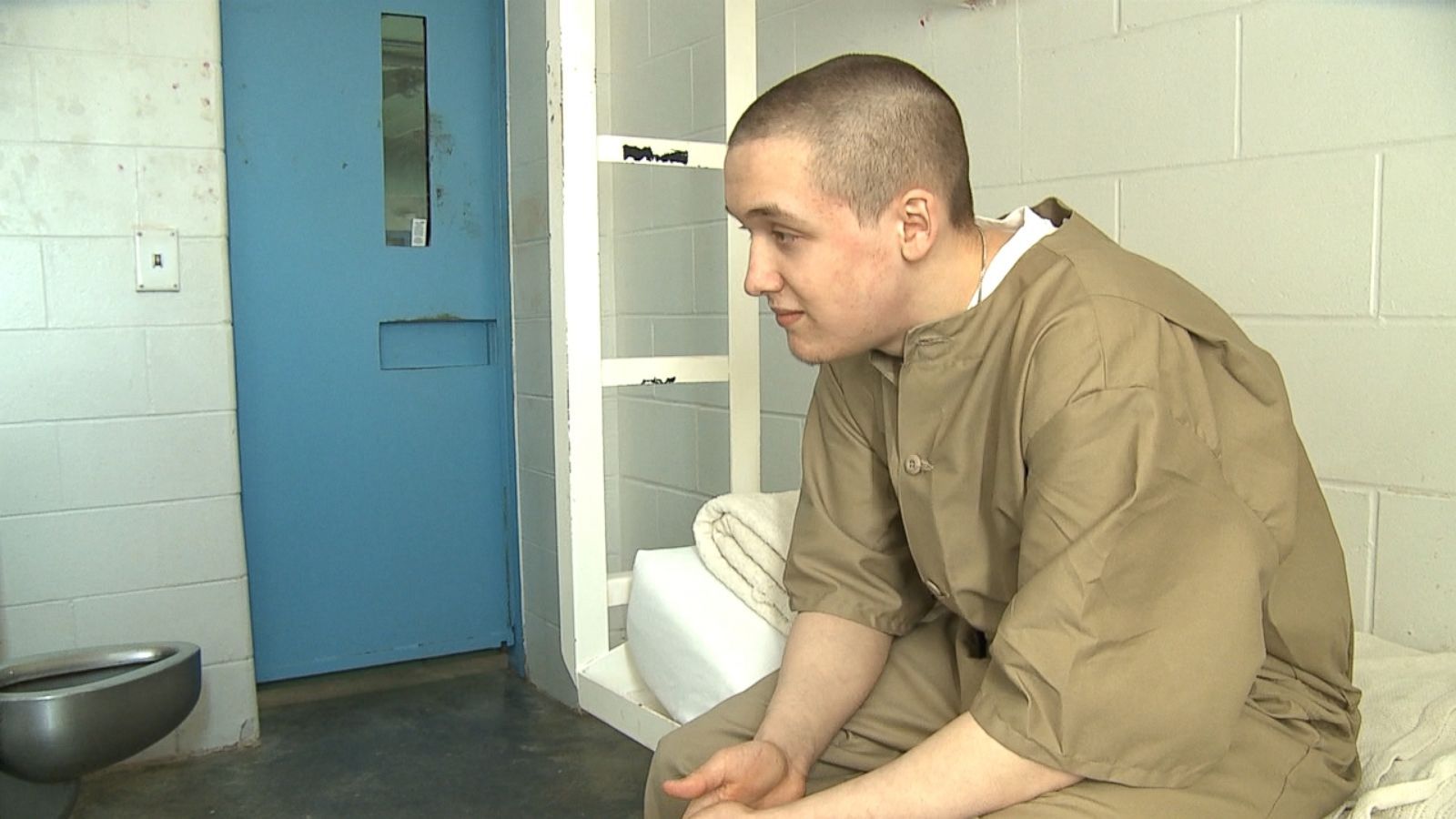
In 2012, five men broke into an Elkhart, Indiana home searching for cash. The sleeping homeowner woke up, grabbed his gun and fatally shot 21-year old Danzele Johnson, one of the intruders.
Using Indiana's felony murder rule, a person can be charged with murder if someone is killed while he or she is committing or attempting to commit another crime. That crime could be arson, burglary, robbery, carjacking, human trafficking, sexual trafficking, or sex and drug crimes; all acts that the law considers inherently dangerous. Prosecutors held the remaining four men, all teenagers at the time of the attempted burglary, responsible for Johnson’s death during the commission of the crime even though none of them had pulled the trigger.
All four were charged as adults of felony first-degree murder, even though Blake Layman, Levi Sparks and Jose Quiroz were teenagers. Anthony Sharp had just turned 18 at the time of the crime. Notably, prosecutors never charged the men with burglary. Quiroz pleaded guilty and was sentenced to 45 years in prison and 10 years probation in December 2012. Layman, Sparks, and Sharp went to trial, and in August 2013, a jury sentenced Sparks to to 50 years in prison, while Layman and Sharp were both given 55 years.
Layman, Sparks and Sharp appealed their convictions, arguing they shouldn't be charged with murder because they didn't intend to kill and didn't foresee someone's death. In September 2015, the Indiana State Supreme Court reversed and vacated the felony murder convictions of Layman, Sparks and Sharp, citing a lack of "dangerously violent and threatening conduct" in Johnson's death and wrote that “the State did not follow common practice and file an additional count of burglary against the defendants. It chose instead to file a single count of felony murder in the perpetration of a burglary.”
In January 2016, Sparks, Sharp and Layman were re-sentenced in trial court on the lesser charges of burglary. All three were given release dates in 2017 or later, but those times were moved up after credits for good behavior and for earning a GED were applied by the Indiana Department of Corrections. Though Jose Quiroz was not included in the appeal, a judge changed his conviction from felony murder to burglary to match the State Supreme Court's findings. His sentence was reduced in a similar fashion and was also released from prison in 2017.
The case of the Elkhart Four is but one example of many absurd applications of the felony murder rule. In some cases, accomplices have been charged with felony murder when death occurred at the hands of police or the victim themselves. The core argument of the Elkhart Four's appeal was that they didn't kill anyone, didn't forsee the killing, and never meant to kill anyone. The felony murder rule undermines a core concept of criminal justice, that we punish people for the crimes they commit or intend to commit, and life sentences are wholly unreasonable for someone who didn't kill or didn't intend to kill.
With the glaring exception of the United States, save the four states (Hawaii, Kentucky, Massachusetts and Michigan) who have abolished the rule, every other country in the world agrees.

